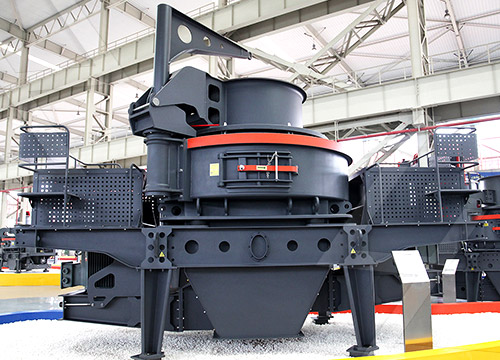Machine-made sand, also known as artificial sand, is a type of sand that is produced by crushing rocks, stones, or other materials. It is widely used in construction, infrastructure, and other industries as a substitute for natural sand. The production of machine-made sand requires the use of a crusher, which is a machine that breaks down large rocks into smaller pieces.
The crusher used for machine-made sand production is typically a vertical shaft impact crusher (VSI). This type of crusher uses a high-speed rotor to throw rocks against a hard surface, causing them to break down into smaller pieces. The resulting material is then screened to remove any impurities and sorted by size.

One of the advantages of using a VSI crusher for machine-made sand production is that it produces a more uniform product compared to other types of crushers. This is because the high-speed rotor ensures that the rocks are evenly crushed, resulting in a consistent particle size. Additionally, the use of a VSI crusher can also reduce the amount of cement needed in concrete production, as the sand produced is of a higher quality and requires less binding material.
Another advantage of using a VSI crusher for machine-made sand production is that it is more environmentally friendly compared to traditional sand mining. Sand mining can cause significant damage to the environment, including erosion, loss of habitat, and water pollution. By using machine-made sand, these negative impacts can be reduced, as the sand is produced from materials that are readily available and do not require extensive mining.
In conclusion, the production of machine-made sand requires the use of a crusher, typically a VSI crusher. This type of crusher produces a more uniform product and is more environmentally friendly compared to traditional sand mining. As the demand for sand continues to increase, the use of machine-made sand is likely to become more widespread in the construction industry.
